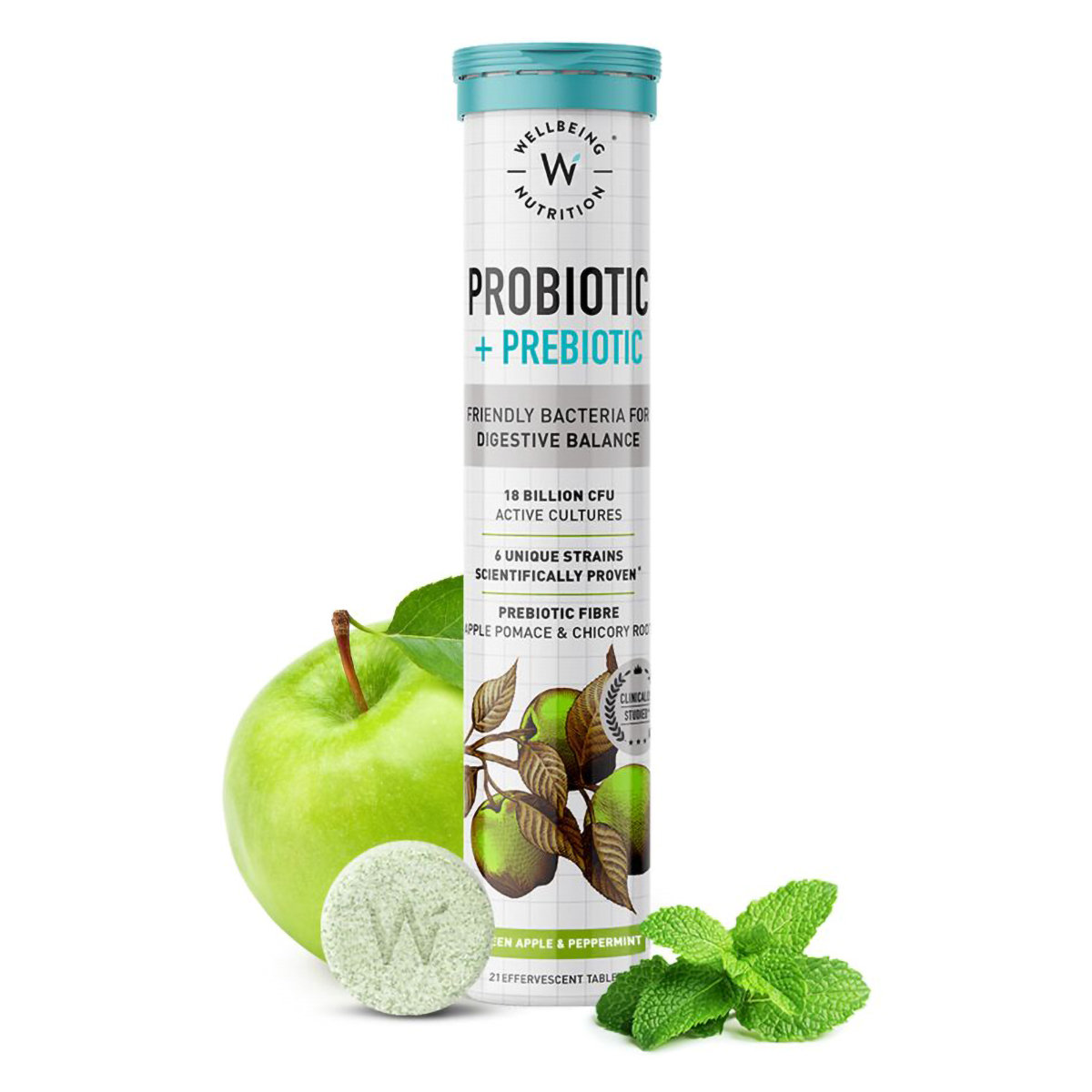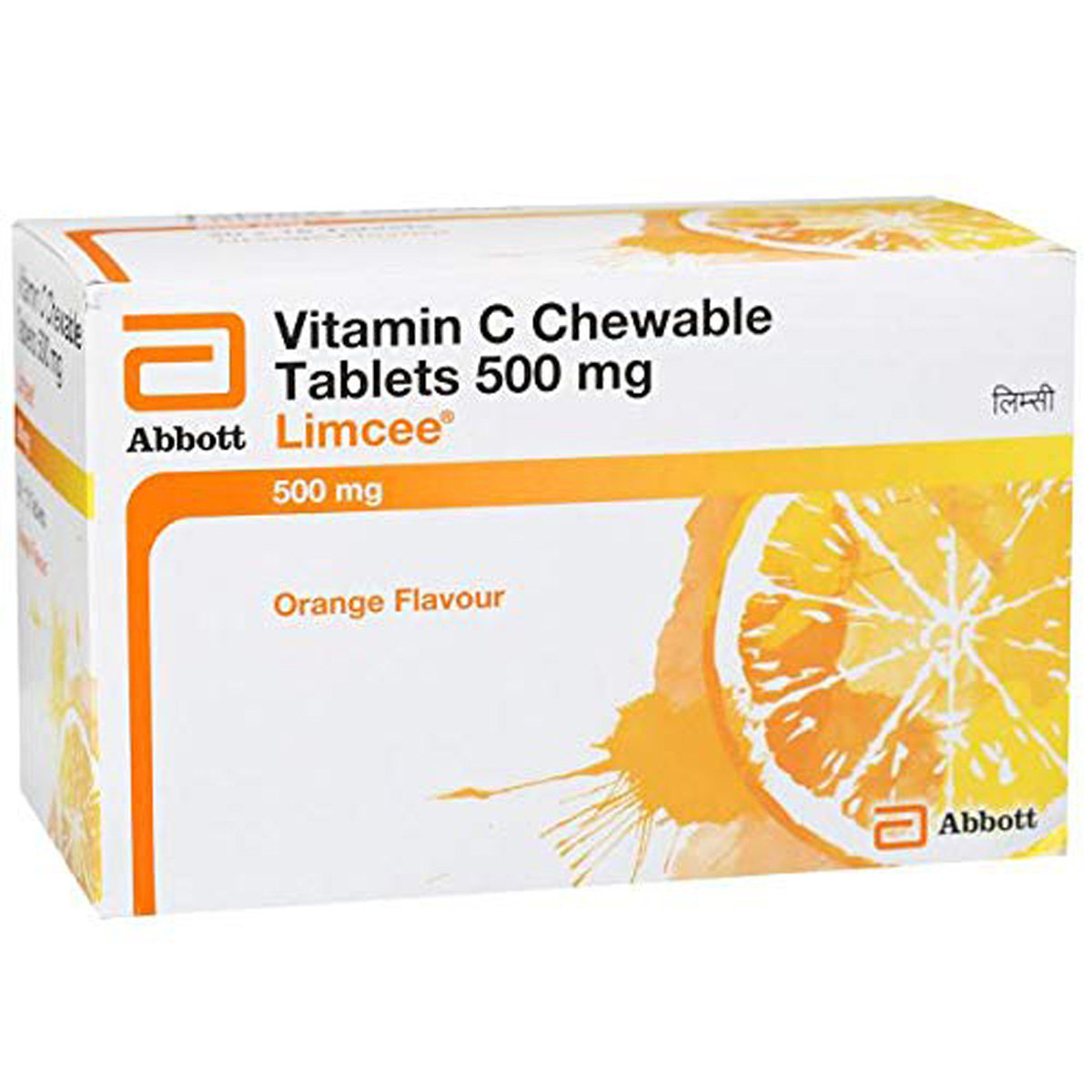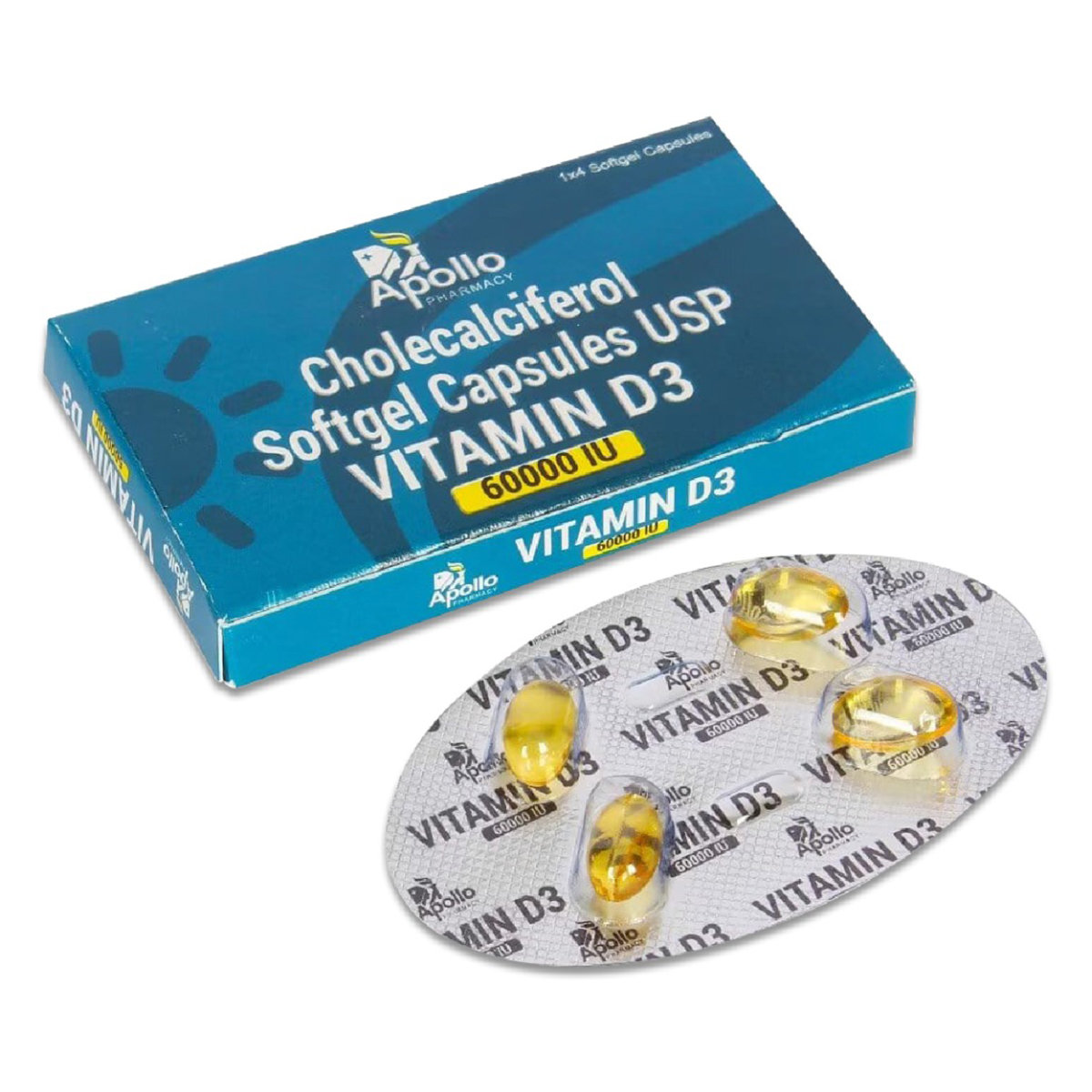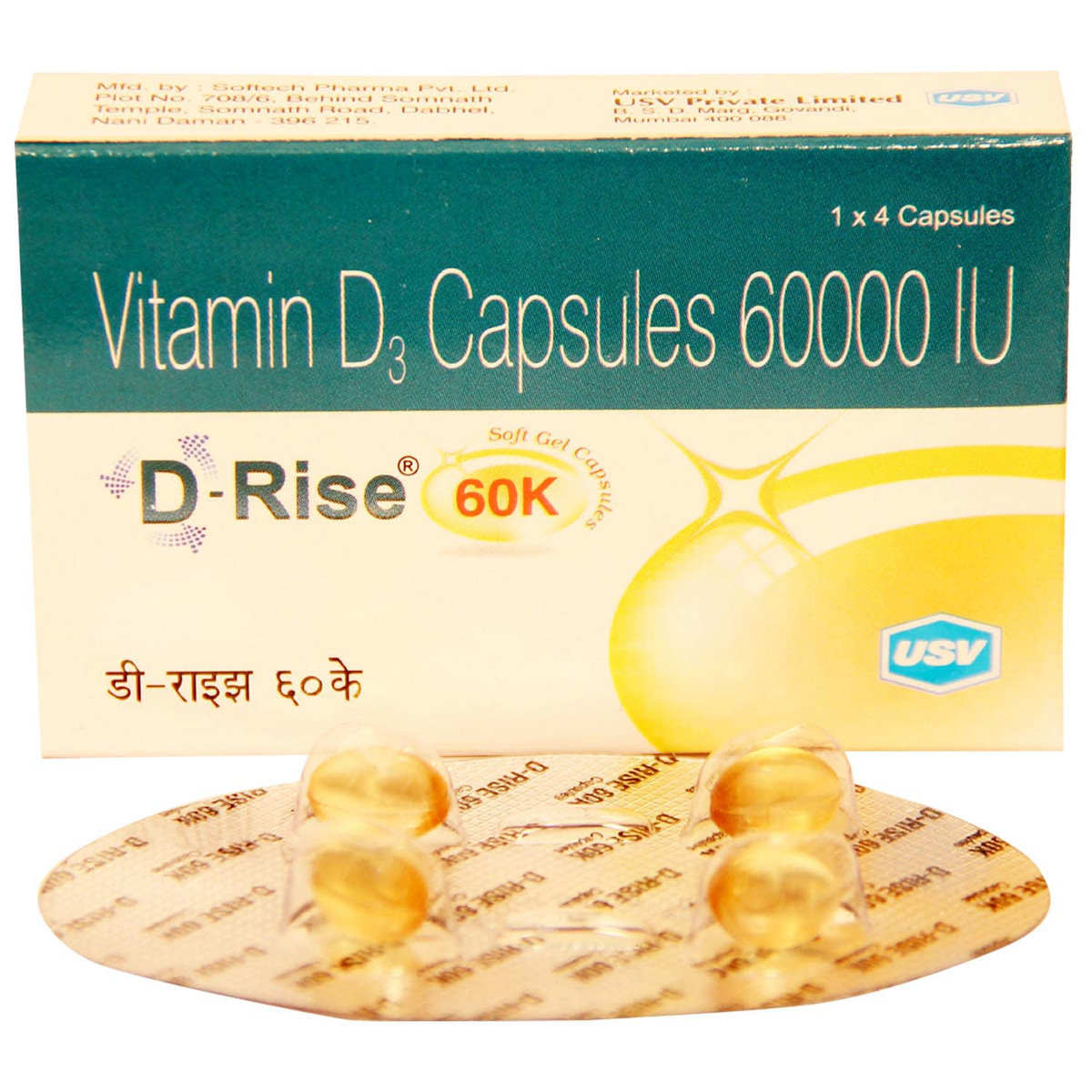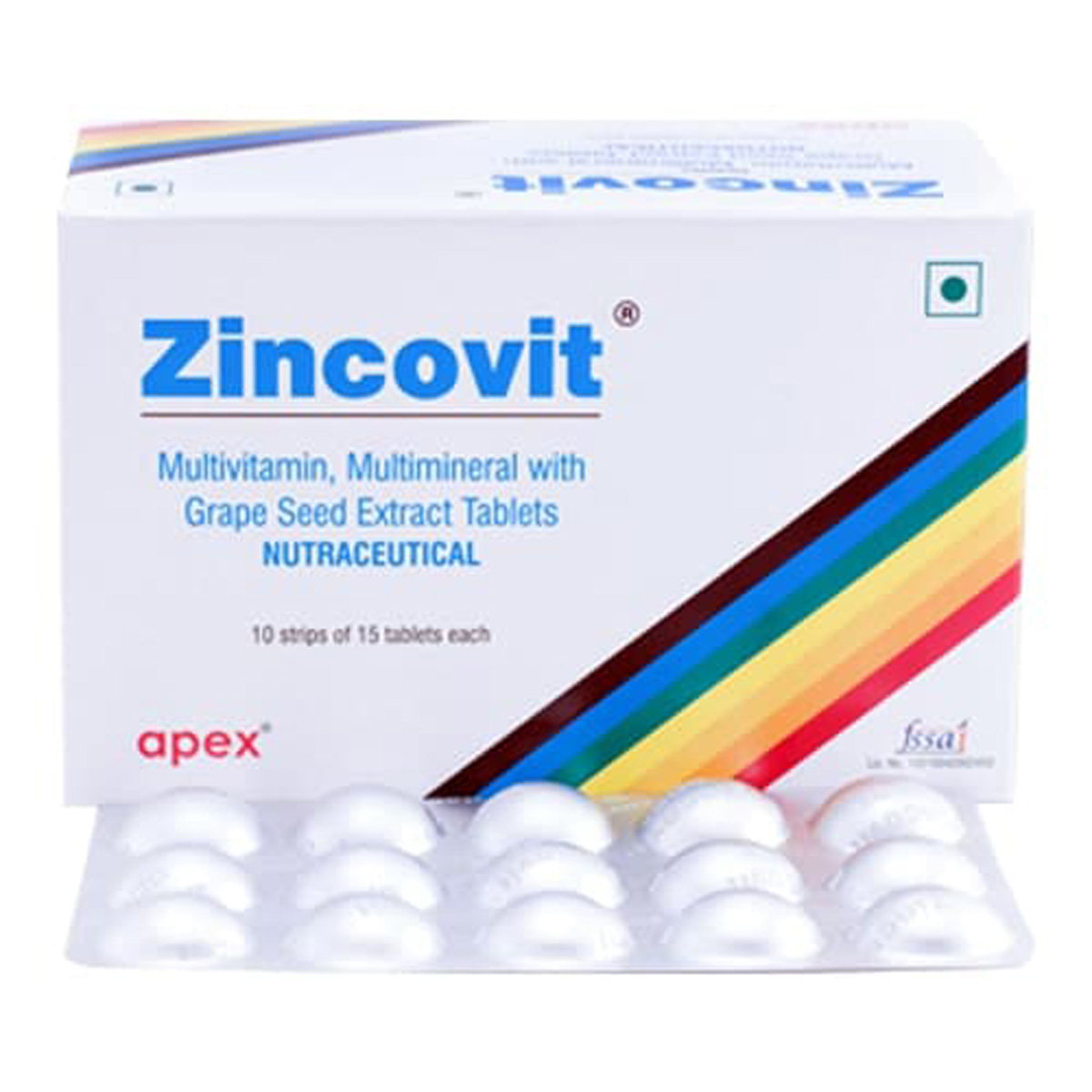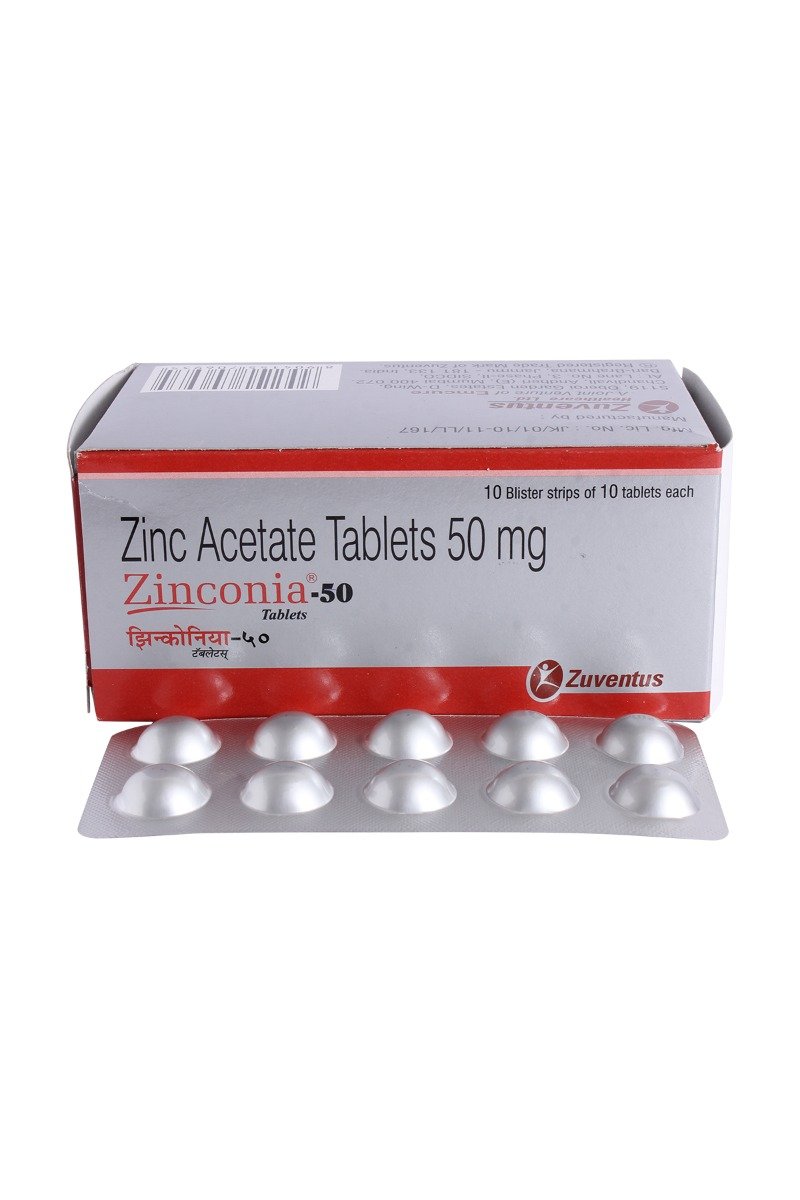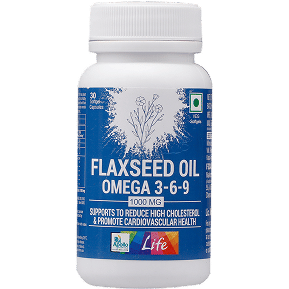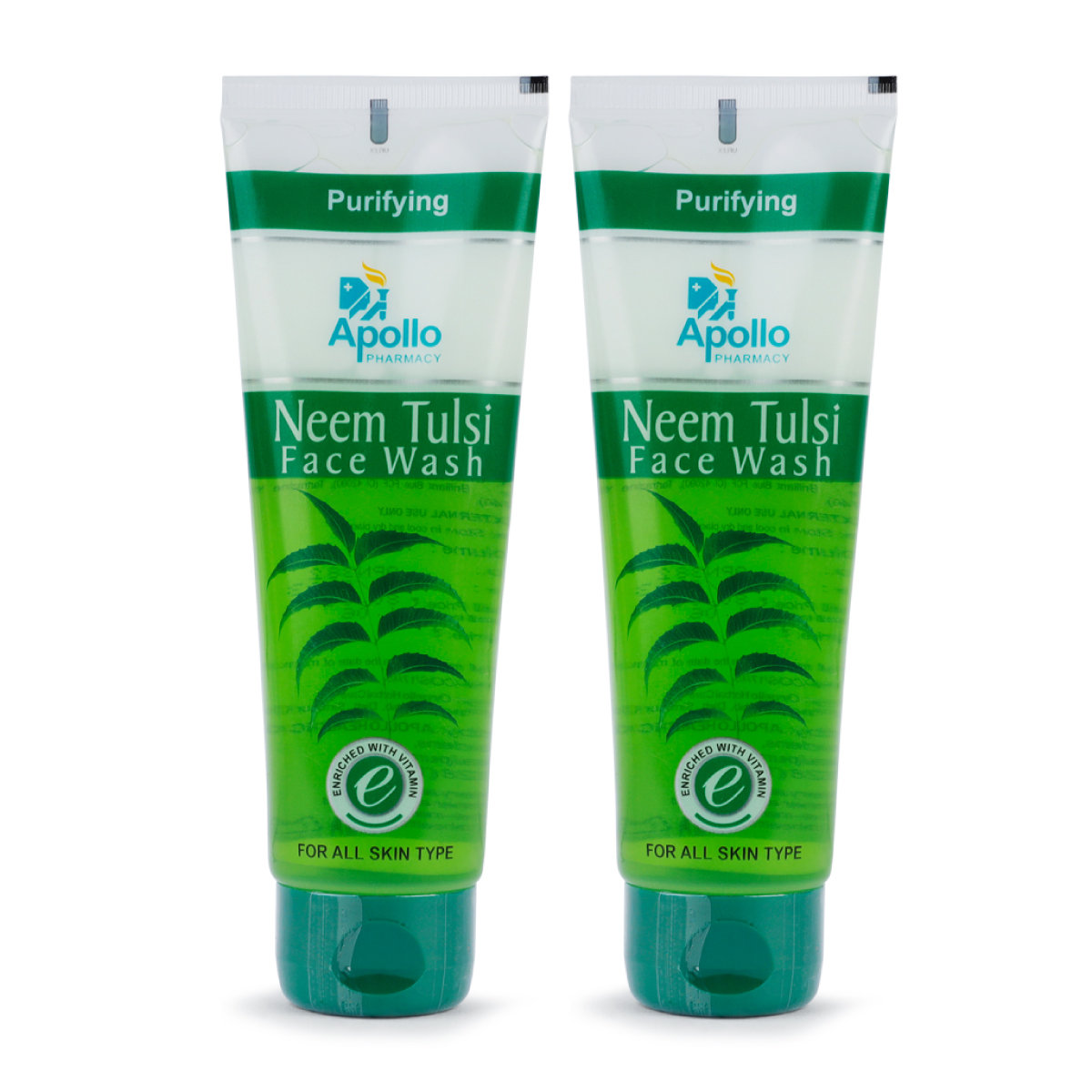Micogel Cream

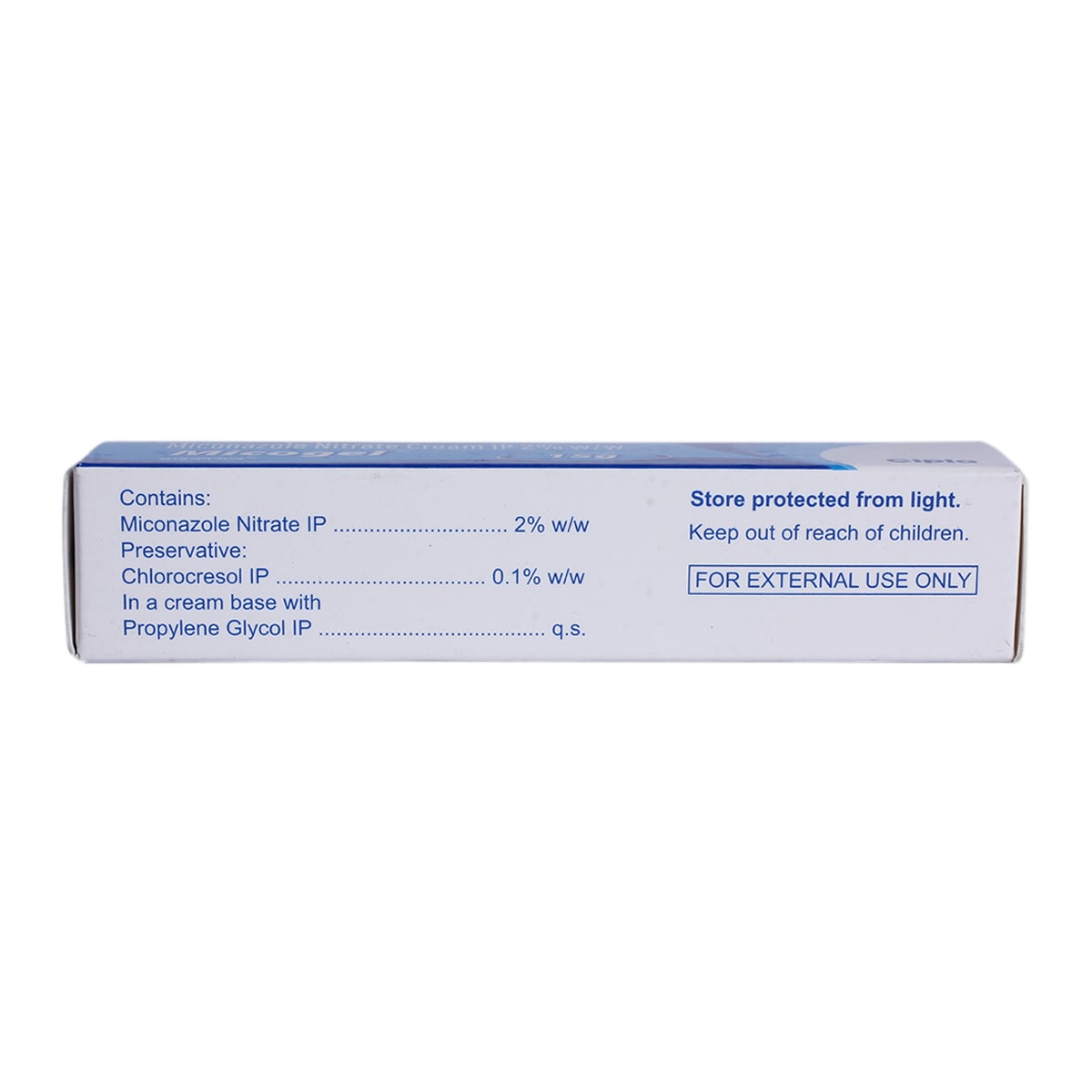
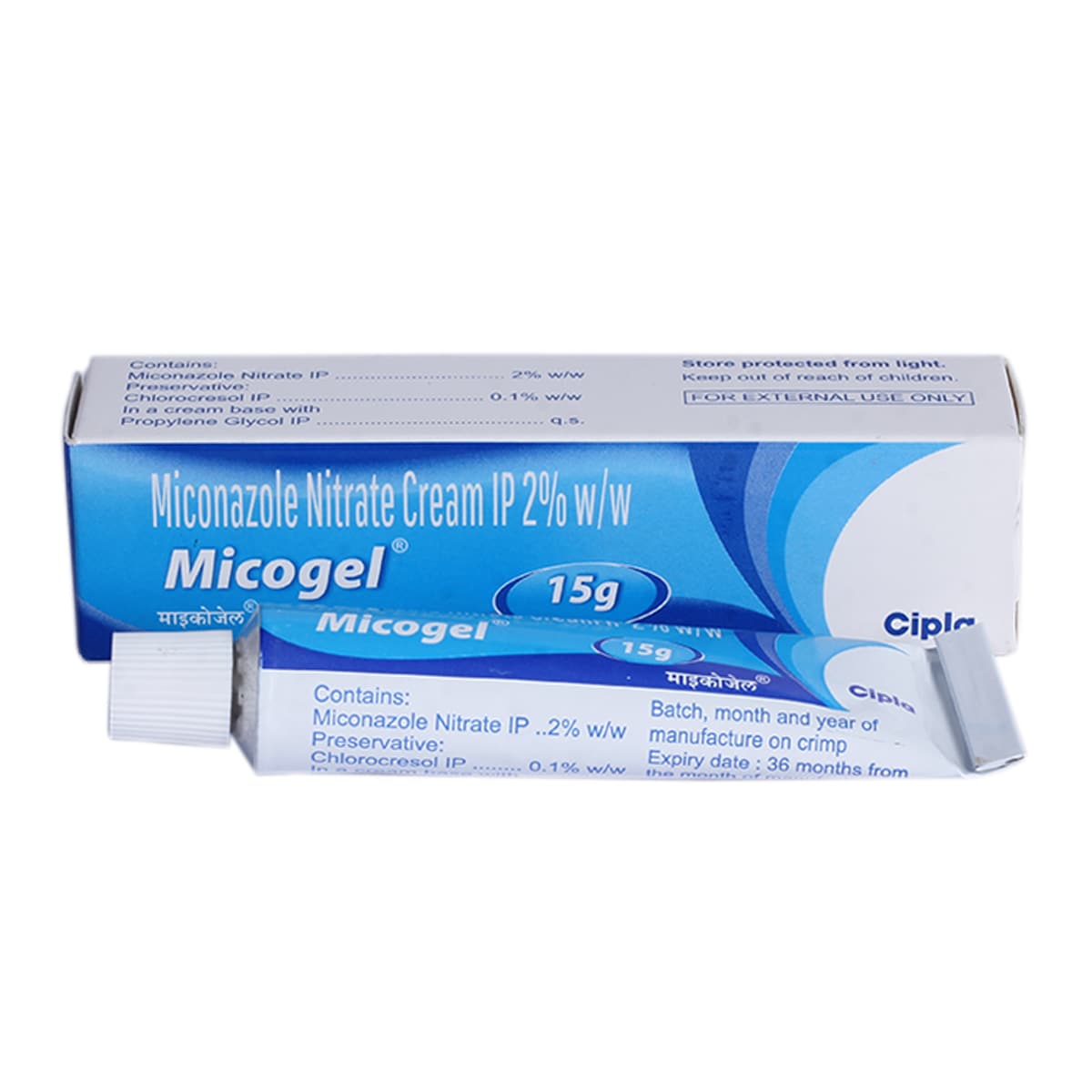
MRP ₹27
(Inclusive of all Taxes)
₹4.0 Cashback (15%)
know your delivery time
Provide Delivery Location
Composition :
Manufacturer/Marketer :
Consume Type :
Expires on or after :
Return Policy :

Secure Payment

Trusted by 8 Crore Indians

Genuine Products
Therapeutic Class
Country of origin
Manufacturer/Marketer address
Disclaimer
Alcohol
Safe if prescribed
Alcohol may interact with Micogel Cream. Therefore, it is better to avoid alcohol while using Micogel Cream.
Pregnancy
Consult your doctor
Micogel Cream should be used with caution in pregnant women.
Breast Feeding
Consult your doctor
Micogel Cream should be used with caution in breastfeeding women. The doctor may advise you to stop breastfeeding while taking Micogel Cream, if necessary.
Driving
Safe if prescribed
Micogel Cream does not affect your ability to drive.
Liver
Consult your doctor
Micogel Cream can be used in patients with liver diseases only when prescribed by a doctor.
Kidney
Consult your doctor
Micogel Cream can be given to patients with kidney problems only when prescribed by a doctor.
Children
Safe if prescribed
Micogel Cream should be used in children under 12 years of age only when prescribed by a child specialist.
Product Substitutes
About Micogel Cream
Micogel Cream belongs to the class of antifungal medication. It is used in the treatment of fungal or yeast infections of the skin such as athlete’s foot (affects toes), jock itch (affects the groin area), candidiasis (affects mouth, throat, gut, and vagina), and ringworm (affects skin or the scalp) . Athlete’s foot, jock itch, and ringworm are fungal infections closely related to each other, whereas candidiasis is a yeast infection caused by Candida albicans. These infections are usually seen in people with weak immune systems. They can spread by skin-to-skin contact.
Micogel Cream contains miconazole. Micogel Cream can inhibit fungal growth and reduce infection. Generally, Micogel Cream may take 4 to 7 days to reduce the symptoms. Your doctor will decide what dose should be taken based on your health condition. Continue using Micogel Cream even if the symptoms improve. Abrupt stopping of the medication may result in a relapse of the infection (reappearance of the signs). So, continue treatment as recommended by your doctor to eradicate the infection.
Use Micogel Cream as recommended by the physician. In some cases, Micogel Cream may cause redness, rash, itching, or blister formation at the site of application, impaired sense of taste (dysgeusia), headache, itching or burning, tummy/abdominal pain, nausea, vomiting and diarrhoea. Inform your doctor if the side effects don’t disappear or get worse within a few days. Seek medical attention immediately if you experience any other abnormal symptoms.
Before taking the Micogel Cream, inform your doctor if you are allergic (hypersensitive) to miconazole or any other antifungal agents. Inform your doctor if you are taking anticoagulants, immunosuppressants, antifungals, antibiotics, prescription drugs, or non-prescription drugs. Inform your doctor if you have diabetes, HIV or AIDS, or undergoing chemotherapy. Talk to your doctor before using this medicine in children, pregnant women, and breastfeeding mothers.
Uses of Micogel Cream
Medicinal Benefits Mweb
Key Benefits
Micogel Cream is used to treat fungal or yeast infections. It can inhibit the growth of fungi by targeting fungal cell membranes. It can be used to treat candidiasis, ringworm, athlete’s foot, and jock itch. It improves the symptoms within 3 to 4 days of the initial treatment.
Directions for Use
Side Effects of Micogel Cream
- Rashes
- Redness
- Itching
- Burning sensation
- Blistering at the site of application
- Diarrhoea
- Abdominal pain
- Nausea
- Vomiting
- Dry mouth
- Altered taste
- Headache
- Bleeding or abdominal cramps
Drug Warnings
Before using Micogel Cream, inform your doctor if you are allergic to miconazole or any other antifungal agents. Micogel Cream should be used with caution in people with a weakened immune system due to chronic conditions such as HIV or AIDS and people who are receiving chemotherapy. Also, tell your doctor if you were previously diagnosed with diabetes or are pregnant or breastfeeding. Keep this medicine away from your eyes. If you get any cream in your eyes, rinse with water immediately. Keep your eyes open when you rinse. Micogel Cream may be contraindicated in patients with known hypersensitivity (e.g., anaphylaxis) to miconazole, milk protein concentrate, or any other product component.
Drug-Drug Interactions
Drug-Drug Interactions
Login/Sign Up
Drug-Food Interactions
Drug-Food Interactions
Login/Sign Up
Drug-Diseases Interactions
Drug-Diseases Interactions
Login/Sign Up
Drug-Drug Interactions Checker List
- ANISINDIONE
- DICOUMAROL
- WARFARIN
Habit Forming
Diet & Lifestyle Advise
- Shower regularly and properly dry yourself before clothing.
- Take warm baths with mild soap.
- Don't share your bedding, towels, or clothes.
- Wearing tights or tight underwear is not recommended.
- Do not scratch the infected area. Scratching the infected skin area may spread the illness to other body parts.
- Avoid harsh soaps and deodorants or any other products.
- Avoid intercourse till the thrush has been treated.
- Limit or cut down your consumption of alcohol and caffeine.
- Reduce your intake of sugar, yeast, refined carbohydrates, and mouldy foods.
All Substitutes & Brand Comparisons
RX
Out of StockMicogel Cream 30 gm
Cipla Ltd
₹24
(₹0.72/ 1gm)
55% CHEAPERRX
Out of StockDermizole Cream
Alkem Laboratories Ltd
₹18
(₹1.08/ 1gm)
33% CHEAPERRX
Out of StockMyconid Cream
Nidus Pharma Pvt Ltd
₹43.5
(₹1.31/ 1gm)
19% CHEAPER

Have a query?
Buy best Dermatology products by
Glenmark Pharmaceuticals Ltd
Sun Pharmaceutical Industries Ltd
Klm Laboratories Pvt Ltd
Cipla Ltd
Canixa Life Sciences Pvt Ltd
Abbott India Ltd
Ajanta Pharma Ltd
Intas Pharmaceuticals Ltd
Dr Reddy's Laboratories Ltd
East West Pharma India Pvt Ltd
Alkem Laboratories Ltd
Atopic laboratories Pvt Ltd
Hegde & Hegde Pharmaceutica Llp
Brinton Pharmaceuticals Ltd
Torrent Pharmaceuticals Ltd
Amwill Healthcare Pvt Ltd
Leeford Healthcare Ltd
Palsons Derma Pvt Ltd
Oaknet Healthcare Pvt Ltd
Med Manor Organics Pvt Ltd
Micro Labs Ltd
Dermocare Laboratories Gujarat Llp
Fixderma India Pvt Ltd
Apex Laboratories Pvt Ltd
Mankind Pharma Pvt Ltd
Ipca Laboratories Ltd
Yaher Pharma
Systopic Laboratories Pvt Ltd
Menarini India Pvt Ltd
Ethinext Pharma
Nemus Pharmaceuticals Pvt Ltd
Skinocean Pharmaceuticals
Dermacia Healthcare
Inex Medicaments Pvt Ltd
Lupin Ltd
GlaxoSmithKline Pharmaceuticals Ltd
Talent India Pvt Ltd
Zydus Cadila
Kivi Labs Ltd
Zydus Healthcare Ltd
Hbc Dermiza Healthcare Pvt Ltd
Mrhm Pharma Pvt Ltd
Regaliz Medicare Ltd
Sol Derma Pharmaceuticals Pvt Ltd
Newtrimed Healthcare Pvt Ltd
Wallace Pharmaceuticals Pvt Ltd
Eskon Pharma
Glowderma Lab Pvt Ltd
La Pristine Bioceuticals Pvt Ltd
Mohrish Pharmaceuticals Pvt Ltd
Percos India Pvt Ltd
Rockmed Pharma Pvt Ltd
Macleods Pharmaceuticals Ltd
Praise Pharma
Ethicare Remedies Pvt Ltd
Kaizen Drugs Pvt Ltd
Aurel Biolife
Rely On Pharmaceuticals
Wockhardt Ltd
Galcare Pharmaceuticals Pvt Ltd
Elder Pharmaceuticals Ltd
Indiabulls Pharmaceuticals Pvt Ltd
La Med Healthcare Pvt Ltd
Biocute Life Care
Yap Bioceuticals
Yash Pharma Laboratories Pvt Ltd
Zee Laboratories Ltd
Apple Therapeutics Pvt Ltd
Adonis Laboratories Pvt Ltd
Albatross Healthcare Pvt Ltd
Galderma India Pvt Ltd
Prism Life Sciences Ltd
FDC Ltd
Alniche Life Sciences Pvt Ltd
Salve Pharmaceuticals Pvt Ltd
West Coast Pharmaceuticals Pvt Ltd
Dermarex HealthCare India Pvt Ltd
Arka Vital Science Pvt Ltd
Dermajoint India
Gary Pharmaceuticals Pvt Ltd
Grace Derma Healthcare Pvt Ltd
Karlin Pharmaceuticals & Exports Pvt Ltd
Skinska Pharmaceutica Pvt Ltd
Uniza Healthcare Llp
Alembic Pharmaceuticals Ltd
Cadila Healthcare Ltd
Cadila Pharmaceuticals Ltd
Cosmofix Technovation Pvt Ltd
Human Pharmaceuticals
Indolands Pharma Pvt Ltd
Lyra Laboratories Pvt Ltd
Akumentis Healthcare Ltd
Entod Pharmaceuticals Ltd
Iceberg Health Care Pvt Ltd
Jenburkt Pharmaceuticals Ltd
P and P Dermaceuticals Pvt Ltd
Dabur India Ltd
Indchemie Health Specialities Pvt Ltd
Olcare Laboratories Pvt Ltd
Unison Pharmaceuticals Pvt Ltd
BODY CREAM
Body Lotion
Face Cream
Shampoo
Sun Screen
Face Gel
Soap
Face Wash
HAIR SOLUTION
Face Serum
BODY GEL
Hair Lotion
Hair Serum
Dusting Powder
ANTISEPTIC
FACE CLEANSER
Face Lotion
Body Wash
Body Spray
Eye Cream
FUNGAL INFECTION
Foot Cream
Conditioner
Eye Gel
Cleanser
Hair Cream
Hair Oil
Face Mask
Hair Gel
Sanitizer
Hair Spray
Moisturiser
Skin Ointment
Lip Balm
Capsule
Eye Serum
Intimate Wash
Specialty Supplements
Hand Cream
Facial Spray
SPECIALITY SUPPLEMENT
Face Toner
MEDICATED SHAMPOO
Tablet
Talcum Powder
BABY SUNSCREEN
Body Butter
Body Scrub
DIAPER RASH CREAM
EYE SOLUTION
FACIAL WIPE
Gargle
Hand Wash
Intimate Spray
Lip Serum
Lubricant Gel
MEDICATED CREAM
Nail Polish
VITAMIN D
Frequently Bought Together
₹146.6
MRP ₹195.5
25% off
1
+₹135.6
MRP ₹154.5
12% off
6
+₹176
MRP ₹195.5
10% off
1
+₹279.5
MRP ₹310.5
10% off
1
+₹369.1
MRP ₹467.5
21% off
1
+Customers Also Bought






